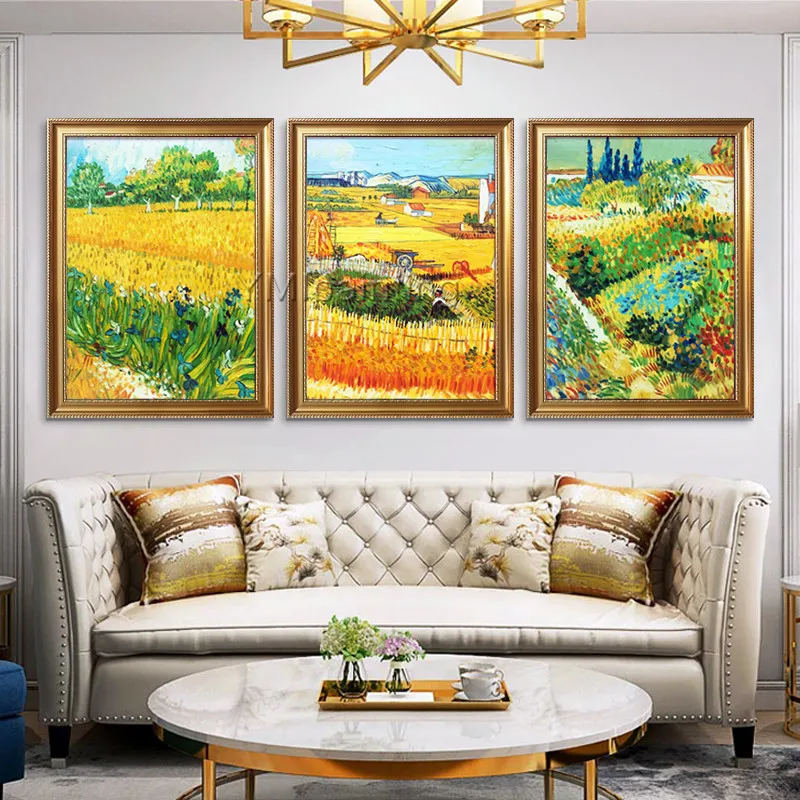
Van Gogh suffered, died, and was born again on the VIP souvenir cushion. There’s a tension between triumph and complicity, as when contemplating the agony of Christ in a megachurch. The conveyor belt of selfie stations and upsold commodities is a strange invitation to reflect on the torments and passions of Vincent Van Gogh. But, as an arts institution, there’s a macabre disconnect between the space and its subject. I worked for Lighthouse at the LA exhibit as a gallery attendant for nine months. Between February 2021 and May 2022, Lighthouse sold over 5 million tickets. Admissions fees run between forty and one hundred dollars, depending on whether you spring for Basic, Premium, or VIP entry. The exhibits are cheap to produce and expensive for patrons, a winning combination for attracting investors. Lighthouse Immersive, the Toronto-based company behind one of the most popular iterations of the concept, has converted those 90 million pixels into hundreds of millions of dollars in ticket sales and retail revenue. The Immersive Van Gogh phenomenon swept North American cities in 2021. Digitized and animated renditions of Van Gogh’s masterpieces (90 million pixels! the website proclaims) are projected on massive walls and set to music. Inside the gallery, the main attraction is a thirty-five-minute looping video. There’s a giant portrait of Vincent looking pissed, and across from that a miniature Hollywood sign, which is set against a background of hills painted in Van Gogh–styled pastels. Here, VIP and Premium guests will pick up their Van Gogh–branded cushions. Bursting with fake sunflowers, aswirl with neon starlight, the café invites patrons to try ten-dollar cupcakes and lollipops shaped like severed ears. It’s a hallway, but you really experience it. That’s what we, the staff, are supposed to call the dark zigzagging corridor that winds from security to the café. In turn, these museums offered to lend the five paintings for this exhibition at Mia, an intimate opportunity to explore Van Gogh’s extraordinary art and practice.“Instead of giving into despair, I chose active melancholy.”Īt the start of Immersive Van Gogh LA, a voice-over intones these words from Vincent’s 1880 letter to his brother Theo as guests walk down the Experiential Hallway. Mia recently lent its Olive Trees to a larger exhibition presenting the new research, hosted by the Van Gogh Museum and the Dallas Museum of Art. Van Gogh created the olive grove paintings between June and December of 1889, during his stay at the psychiatric hospital in Saint-Rémy. Highlighting recent scientific research led by the Van Gogh Museum, the exhibition sheds new light on the artist’s methods and materials, his passionate investigation of color and line, and his choice of the olive groves as an evocative subject. This exhibition unites Mia’s own Olive Trees with three more paintings from the series, along with two other Van Gogh landscapes and three works on paper.


The olive groves of Saint-Rémy deeply inspired Vincent van Gogh in his last year of life, and the paintings he made of them are among his most moving works.

Visit both exhibitions at a discounted price. *Buy tickets to “Dressed by Nature” and “Van Gogh” to save 25% on each.


 0 kommentar(er)
0 kommentar(er)
